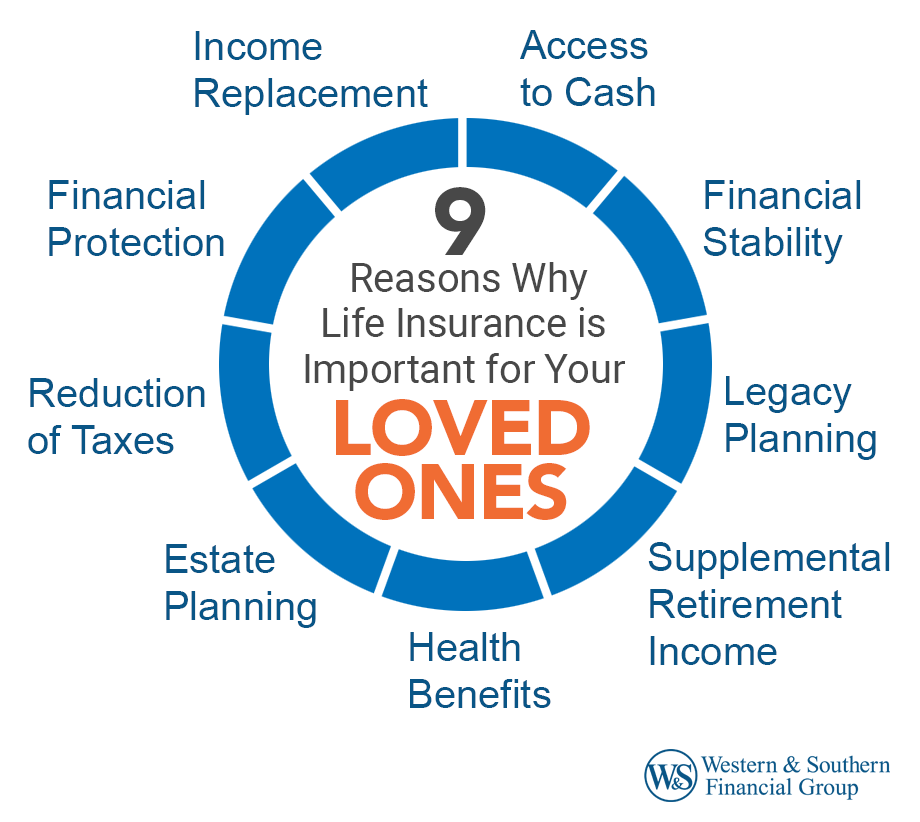Some Of Pacific Prime
Table of ContentsPacific Prime Fundamentals ExplainedThe Main Principles Of Pacific Prime Not known Details About Pacific Prime How Pacific Prime can Save You Time, Stress, and Money.8 Easy Facts About Pacific Prime Described

This is due to the fact that the information were collected for a duration of solid financial performance. Of the approximated 42 million individuals who were without insurance, all however about 420,000 (regarding 1 percent) were under 65 years old, the age at which most Americans become eligible for Medicare; 32 million were grownups between ages 18 and 65, about 19 percent of all grownups in this age group; and 10 million were kids under 18 years old, regarding 13.9 percent of all youngsters (Mills, 2000).
These estimates of the variety of individuals without insurance are generated from the annual March Supplement to the Existing Population Study (CPS), carried out by the Demographics Bureau. Unless or else noted, nationwide estimates of people without wellness insurance and proportions of the populace with various kinds of protection are based upon the CPS, one of the most widely used source of quotes of insurance policy protection and uninsurance rates.
Unknown Facts About Pacific Prime

Still, the CPS is specifically helpful since it produces yearly estimates relatively rapidly, reporting the previous year's insurance coverage estimates each September, and because it is the basis for a consistent collection of price quotes for greater than 20 years, enabling evaluation of patterns in protection gradually. For these factors, in addition to the comprehensive use of the CPS in other studies of insurance policy protection that exist in this report, we depend on CPS price quotes, with constraints noted.

The quote of the number of without insurance individuals expands when a populace's insurance standing is tracked for a number of years. Over a three-year duration beginning early in 1993, 72 million people, 29 percent of the U.S. https://www.kickstarter.com/profile/pacificpr1me/about. population, were without coverage for at the very least one month. Within a solitary year (1994 ), 53 million people experienced a minimum of a month without insurance coverage (Bennefield, 1998a)
6 out of every 10 without insurance adults are themselves used. Although functioning does enhance the possibility that one and one's relative will have insurance, it is not an assurance. Also participants of households with two permanent wage income earners have almost a one-in-ten chance of being without insurance (9.1 percent without insurance rate) (Hoffman and Pohl, 2000).
Some Known Details About Pacific Prime
New immigrants make up a substantial percentage of individuals without health and wellness insurance. One analysis has associated a significant part of the current growth in the size of the united state uninsured population to immigrants who showed up in the nation between 1994 and 1998 (Camarota and Edwards, 2000). Recent immigrants (those who involved the United States within the previous 4 years) do have a high price of being without insurance (46 percent), but they and their youngsters account for just 6 percent of those without insurance policy across the country (Holahan et al., 2001).
The relationship in between wellness insurance and access to care is well established, as documented later on in this chapter. The partnership in between health insurance and wellness outcomes is neither direct nor straightforward, an extensive medical and health services study literature web links wellness insurance policy coverage to improved access to care, better top quality, and boosted personal and population health status.
Levels of analysis for examining the results of uninsurance. This conversation of medical insurance coverage concentrates primarily on the united state population under age 65 due to the fact that practically all Americans 65 and older have Medicare or various other public coverage. It concentrates specifically on those without any kind of health and wellness insurance coverage for any kind of length of time.
Not known Factual Statements About Pacific Prime
The issues dealt with by the underinsured basics are in some respects comparable to those encountered by the without insurance, although they are generally much less extreme. Health and wellness insurance policy, nevertheless, is neither needed nor sufficient to gain accessibility to medical services. The independent and direct result of wellness insurance protection on accessibility to health solutions is well developed.
Others will get the healthcare they need also without health and wellness insurance, by spending for it expense or seeking it from carriers that supply care cost-free or at extremely subsidized prices. For still others, medical insurance alone does not ensure invoice of treatment due to other nonfinancial obstacles, such as an absence of healthcare providers in their neighborhood, limited accessibility to transport, illiteracy, or linguistic and cultural distinctions.
Pacific Prime Things To Know Before You Get This
Formal research study concerning without insurance populations in the United States dates to the late 1920s and early 1930s when the Board on the Cost of Healthcare created a collection of records about funding medical professional workplace check outs and hospital stays. This concern ended up being significant as the numbers of medically indigent climbed during the Great Clinical depression.